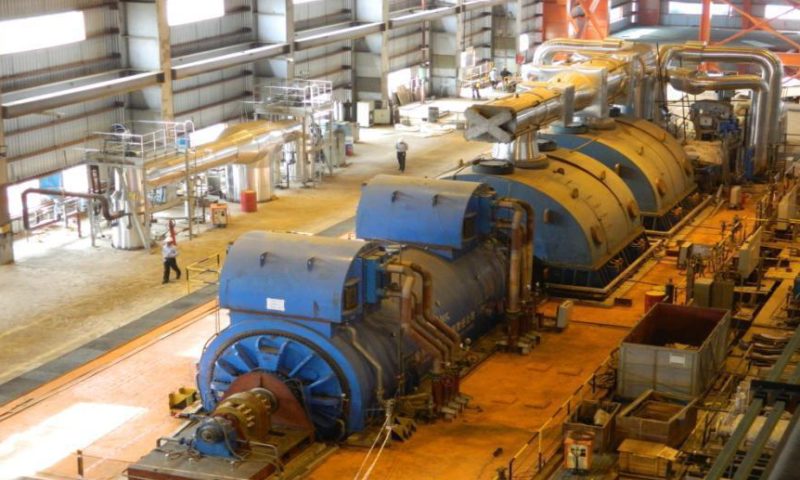RBI stringency on NPAs not out of place
On February 12, Reserve Bank of India (RBI) had issued guidelines that help define non-performing assets (NPAs) of banks and lending institutions. These guidelines also put a question mark on around 40,000 mw of power generation projects that are stuck for various reasons. According to the guidelines, power producers are expected to come out with a resolution plan for their stressed projects, within a time frame of 180 days. Failing this, insolvency proceedings will be initiated against the defaulter, which is to say, the power producers.
It is estimated that around 40,000 mw of thermal (mainly coal) power projects are stuck due to inability of finance. This, in turn, is the result of developers not being able to secure coal linkages, sign power purchase agreements, etc. Power producers have of course appealed against the RBI directive and the matter is still pending final resolution.
The question now is what should be the best way to resolve the long-pending matter. If one sees this from a very clinical point of view, there had to be a time-bound measure from RBI because the case of stressed power generation projects has been going on for years on end. Power producers have cited on reason or the other, explaining why their projects were not moving ahead. Lending institutions are also stuck with over Rs.1.5 lakh crore in the form of bad loans. This makes further lending difficult and lends a tag of “non-bankability” to the power sector, at large.
One way to resolve the issue is to take up the stressed projects, on a case to case basis, and devise a bespoke solution. This approach is tenable as every stressed project has its unique fingerprint of difficulties. While some projects are stuck for want of coal linkages, others are stuck for inability to stitch up long-term PPAs.
Having said this, the approach of RBI must also be understood. The apex bank believes that promoters do have the scope to resolve their projects in a time-bound manner. If no resolution is arrived at, it is only befitting that projects be consigned to insolvency-related proceedings.
The bigger point is that the power ministry has targeted to add over 90,000 mw of new power generation capacity in the next 5-7 years. Given this, it is but logical that every effort be put in resolving the 40,000 mw of stressed capacity, and that too, as a time-bound exercise. The RBI’s stance of initiating insolvency-related proceedings after the 180-day deadline is therefore not out of place.







